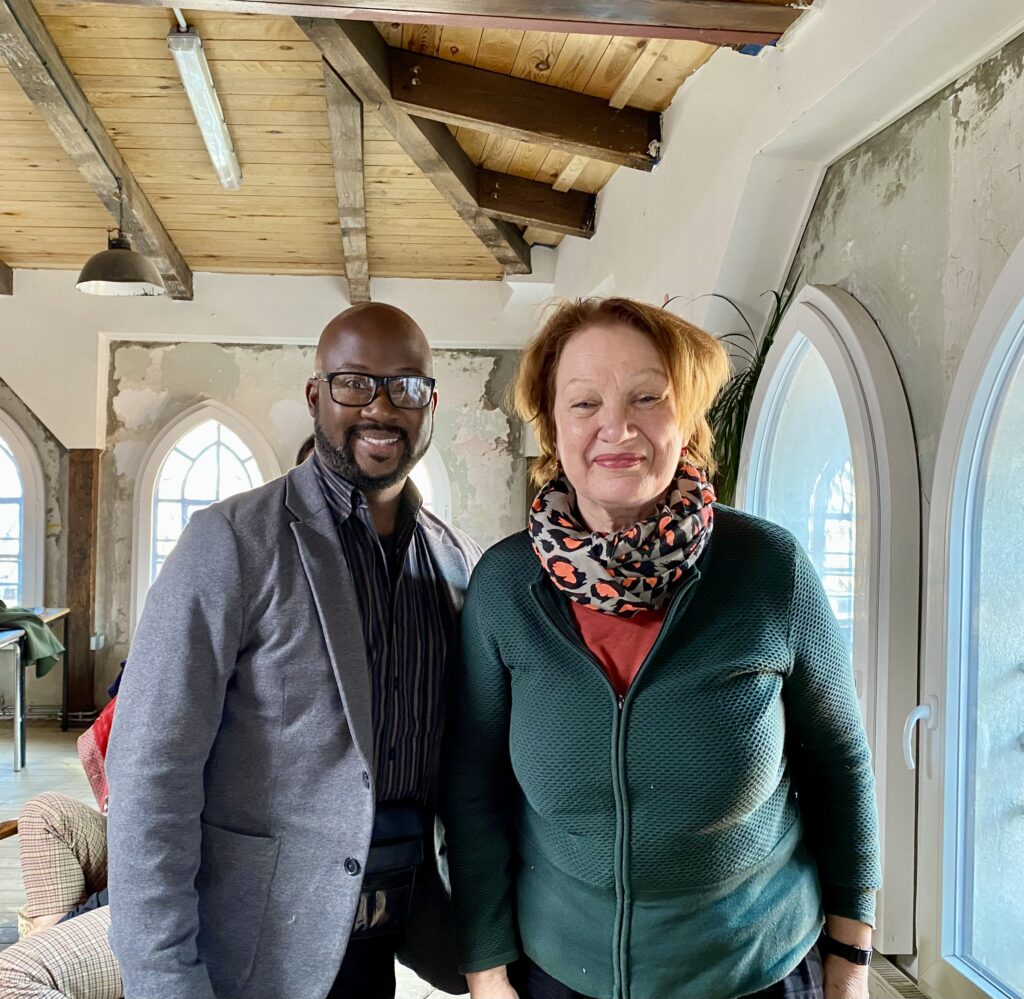By Sierra Manja, research intern to Dr. Jajuan Johnson, Lemon Project Mellon Foundation Postdoctoral Research Associate
What do you do when your archival research reaches a supposed dead end? This is a natural occurrence in the search for eighteenth-century names, families, neighborhoods, and homes of the enslaved. Getting burnt out doesn’t always require a complete break from your work. Instead, I believe, a redirection. A redirection calls for broadening the historical context towards a respective area of study. As a second-year student assistant at William & Mary Swem Libraries Special Collections Research Center, I have learned about the diversity within historic collections. With this, I have gained an appreciation for more diverse collections, such as the Bursar Records’ comprehensive chronology and oral histories, for their distinct subjectivity.
This semester, my research on early twentieth-century Bursar Records and oral histories has furthered our narratives of eighteenth-century individuals. Through Bursar Records, Dr. Johnson and I sought to construct a narrative of African Americans’ involvement on the William & Mary campus following Emancipation. In investigating the Office of the Bursar Records from the University Archives, I was to consider various factors highlighting the individuals involved in the given transaction. My attention narrowed to the ninth box of the collection, and my present findings are attributed to the twentieth folder. I first noted the payee; I considered their role within the university administration. Payment recipient(s) as individuals require the consideration of their name within African American tradition and our pre-existing narrative. Yet, most payments within individual folders were made to companies related to the University. I did not discard this and considered the possibility of the company’s history with African American employment or a strict lack thereof.
In our second week of research, I addressed a folder from 1903 [1]. I shifted through endless payments from the school to companies such as Standard Oil Company, C.W Antrim & Sons, J.B.C Spencer & Brothers, R.T Casey & Sons, and L.W Lane & Sons. R.L. Spencer signed these checks as the steward, and the president’s signature remained absent. Only one check included the president’s signature. This caught my attention as it appeared to indicate a change in transaction relations.
On March 6th, 1903, a check signed by the University president, Lyon G. Tyler, was addressed to the “washerwomen of College Hotel” [1]. The College Hotel was used as a dorm in 1860 and was renamed Ewell Hall in 1894 [2]. Ten women were listed, as well as their corresponding work and payment. Payments ranged from $3.75 for five bags and $8.25 for eleven bags. In total, the check amounted to $51.75. With the first and last names of the ten “washerwomen,” I began researching their lineage with Ancestry. My goal was to find associated names and place the “washerwomen” within the Williamsburg context. I looked for children, spouses, and neighbors. I sought out parents’ names, searching for any indication of transgenerational labor at the University. The possibility of this is demonstrated in Lucy Cheesmen, the fifth name listed on the Bursar check. Lucy Cheesmen washed eight badges and received $15 for her work. Lucy Cheesmen was born Lucy Burrell. The Burrell family is noted in the 1870 census as having the occupations of “farm laborer” and “keeping house” [3]. Lucy continued to maintain the university following emancipation at a low salary and with comparable tasks.
Moving chronologically in my research, I entered the latter half of the twentieth century with the James City County Oral History Collection [4]. The collection was highly organized, with indices listing the oral history participants and reported subjects, including “black/white relations,” “civil war,” and “Ewell.” The transcripts of the oral interviews began by listing the individual’s familial and professional history. This allowed one to note a family history of employment with the University. The interviews demonstrated the effects of a persistent racial divide in the Historic Triangle. When asked what the community’s most significant change has been since being there, Alleyne Blayton elaborated on the presence of black families on Duke of Gloucester. Blayton states that race has not changed, as “Williamsburg still has a long way to go in supplying equal opportunities for minority people.”
The twentieth-century material within early Bursar records and the late oral histories demonstrates how the African American community continued to contribute to the local makeup in the post-Emancipation period. The new perspective of twentieth-century documents allows the modern audience to better conceptualize the relative recentness of institutional oppression in Williamsburg. I felt more connected to the historical process of researching the twentieth century. I gained an increased sense of empathy in seeing the continued historical effects of enslavement at William & Mary.
[1] Office of the Bursar Records, Special Collections Research Center, Earl Gregg Swem Library, College of William and Mary.
[2] “Ewell Hall Dormitory.” n.d. Special Collections Knowledgebase. https://scrc-kb.libraries.wm.edu/ewell-hall-dormitory.
[3] 1870 United States Federal Census. Census Place: Bruton, York, Virginia; Roll: M593_1682; Page: 537B. https://www.ancestry.com/stories/public/connections?gender=female&firstname=Lucy&lastname=Cheesmen&birthlocation=Williamsburg,%20Virginia,%20USA&birthlocationid=24297&campaign=8b78cd49-faa2-40fe-8603-ce282d3013e1&matchfirstname=Lucille&matchlastname=Cheesman&matchdates=1906-1920&storyid=059366bf-8957-4358-85e5-c5d898db20b8
[4] James City County Oral History Collection, Special Collections Research Center, Swem Library, College of William and Mary.
Leave a Comment















